Welcome, humans.
Another day in the AI industry, another…
- Report on how much water and electricity AI uses (see below).
- Report on how AI demand is outpacing the energy supply.
- Big talk from Sam Altman addressing AI job losses (here and here).
- Major technical paper release from China showcasing serious innovation.
- A series of papers from Anthropic shows AI’s problems (here and here).
On the first point, Mistral's energy report was eye-opening: a 400 token query uses 45mL of water (so 3 tablespoons per answer). That translate to…
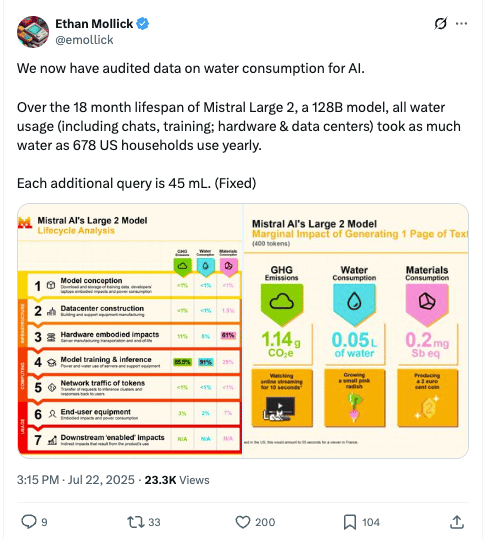
Meanwhile, at the Fed's banking conference on Wednesday, Altman revealed his three nightmare AI scenarios. The first two were predictable: bad actors getting superintelligence first, and the classic "I'm afraid I can't do that, Dave" situation.
But the third? AI accidentally steering us off course while we just.. go along with it.
His example hit home: young people who can't make decisions without ChatGPT (according to Sam, this is literally a thing). See, even when AI gives great advice, collectively handing over all decision-making feels “bad and dangerous” (even to Sam, who MADE this thing).
So yeah, Sam’s not really worried about the AI rebelling. He’s worried about AI becoming so good that we stop thinking for ourselves—and that might be scarier.
Here’s what you need to know about AI today:
- The US government released its AI Action Plan.
- Google's AI Overviews reached 2B+ users, Gemini hit 450M monthly users.
- Trump banned federal procurement of “woke” AI.
- Economist says AI influences US economy, but GDP growth still slowing.

America’s AI Action Plan, explained
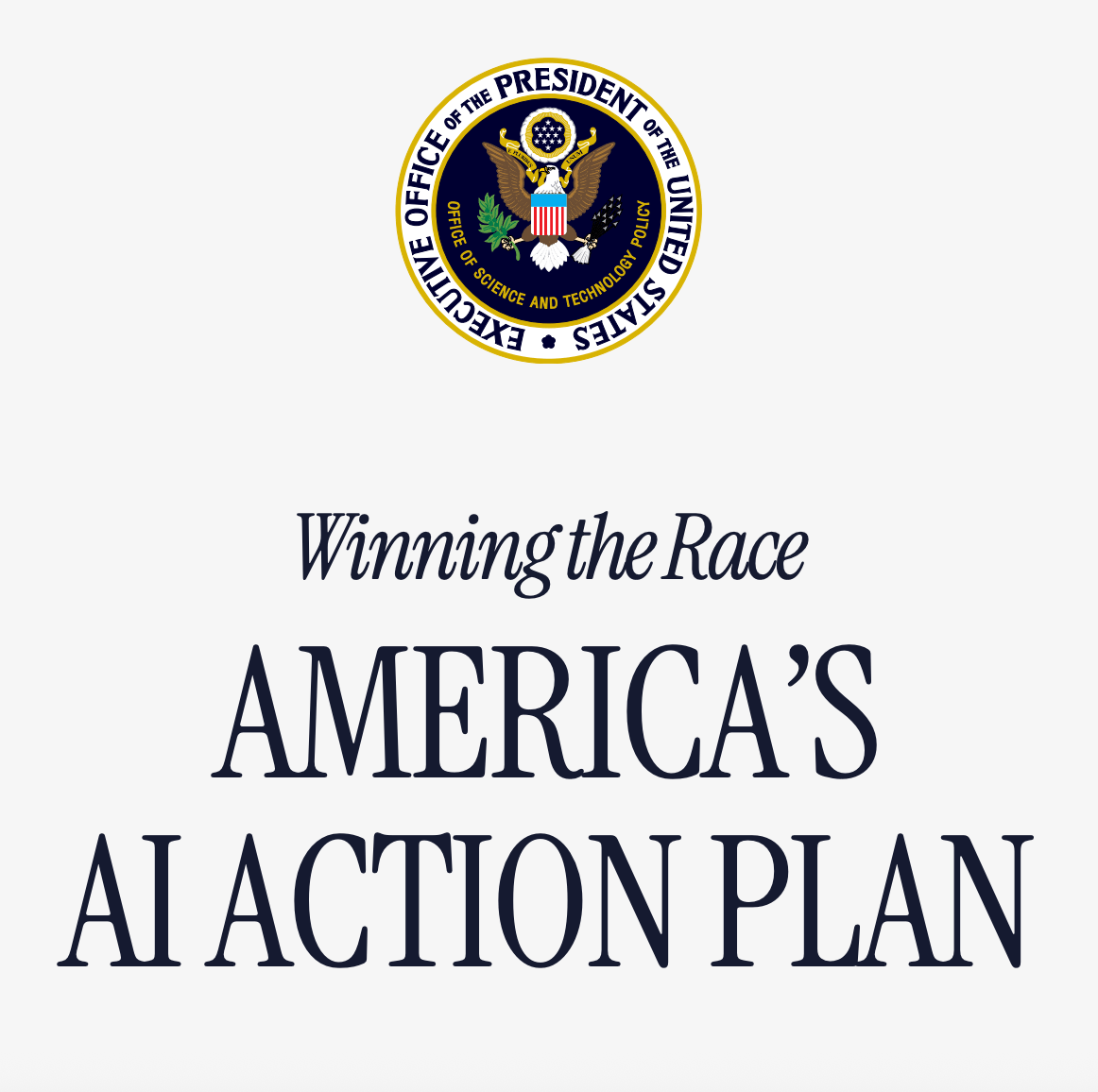
Yesterday, the White House released the AI Action Plan, the Trump administration's massive AI roadmap—basically a declaration that America wants to be the undisputed AI champion of the world.
Think of it as a 90-point checklist for turning the U.S. into an AI superpower, broken into three main pillars.
Pillar 1: Accelerate AI Innovation (aka Let's Build Cool Stuff)
The first pillar focuses on unleashing American creativity:
- Cutting red tape that slows AI development.
- Protecting free speech in AI systems.
- Supporting open-source models.
- Training workers to collaborate with AI.
- Supercharging scientific research.
- Building world-class datasets.
- Getting federal agencies to actually use AI (revolutionary, we know).
- Accelerating military AI adoption.
- Combating deepfakes in courtrooms.
Pillar 2: Build American AI Infrastructure (aka We Need More Power—Literally)
Here's where things get spicy. The plan acknowledges AI is an energy hog, and America's power grid hasn't grown much since the 1970s while China's been building like crazy. Solutions include:
- Streamlined permitting for semiconductor plants and energy infrastructure.
- Massive grid expansion.
- Bringing chip production back to U.S. soil.
- Building high-security data centers for military work.
- Workforce training.
- Cybersecurity protections.
Pillar 3: Lead in International AI Diplomacy and Security (aka Let's Keep Our Edge Now y'all)
The final pillar maintains America's global lead:
- Exporting American AI systems and standards to allies.
- Countering Chinese influence in AI governance.
- Tightening export controls on advanced chips.
- Plugging loopholes in manufacturing controls.
- Aligning allies on AI safety.
- Conducting national security evaluations.
- Investing in biosecurity.
Why This Matters: For everyday folks, this means more AI tools hitting markets faster, new infrastructure jobs, better AI-powered government services, and stronger protections against malicious AI use.
The energy infrastructure piece is crucial—without massive grid expansion, America literally won't have power to run competitive AI systems. It'd be like trying to win Formula 1 with a gas tank holding half a gallon.
What Happens Next: Implementation will be the real test. The plan reads like an ambitious tech company roadmap—lots of big promises requiring coordination across agencies, billions in funding, and probably a few permitting miracles.
The focus on open-source AI and free speech suggests welcome change, too. Instead of limiting AI capabilities, the plan aims to accelerate development while also building safeguards.
For perspective: ChinaTalk analyzed the plan’s China policy aspects, and Faster, Please! examined it from a pro-growth mindset. Anthropic praised the infrastructure focus of the plan, but questioned allowing Nvidia H20 chip exports to China—arguing it undermines America's AI advantage (well, ANTHROPIC's advantage, anyway).

FROM OUR PARTNERS
Webinar: From AI hype to frontline success
Fuel iX | Enterprise AI webinar | From AI hype to frontline success: A roadmap
AI moves fast — but implementing it effectively is the key to success. Join Fuel iX and guest Forrester for an insightful discussion on how enterprises can harness the power of GenAI copilots to drive innovation and productivity across their organization.
This exclusive session will explore:
- The current landscape of GenAI and why enterprises need to act now.
- Practical strategies to overcome barriers in AI implementation.
- Real-world success stories of AI copilots transforming businesses.
- How Fuel iX empowers organizations to customize and scale AI solutions.
Watch on-demand now for expert insights on enterprise AI success.

Prompt Tip of the Day
Using AI is not ALL about prompts. Context engineering is the real game-changer.
The difference? Prompt engineering = asking one great question. Context engineering = building an entire knowledge system around your AI using retrieval, memory, and multi-agent coordination.
AI researcher Elvis Saravia just shared a 160-page context engineering survey that covers everything from basic RAG systems (which pull in relevant info from your documents) to complex setups where multiple AI agents work together with shared memory.
It's technical stuff, but the real-world applications are massive—think AI assistants that actually learn from your company's data and get better at helping you over time.
The best AI workflows aren't about perfect prompts, but about managing information flow intelligently across time and tasks.
P.S: Completely new to AI? Start here!

Treats To Try.
*Asterisk = from our partners. Advertise in The Neuron here.

- *Flow is the AI voice keyboard that turns speech into polished text in any iPhone app—Slack, iMessage, Gmail, Notion—5× faster than typing. Free plan with weekly word cap—try it here.
- Gemini 2.5 Flash-Lite processes your AI requests faster and cheaper than other Gemini models, handling tasks like translation, classification, and video analysis with low latency—$0.10 input/$0.40 output per 1M tokens.
- Zed code editor now lets users completely disable all AI features via a configuration toggle, now available in the Preview build and will reach the stable release next week—the change addresses developers' concerns about AI and helps organizations comply with IP protection policies.
- Confident Security wraps your AI system with enterprise-grade privacy guarantees, ensuring nobody can see user prompts or access their data (raised $4.2M).
- YouTube Shorts launched new AI-powered creation tools for Shorts including a photo-to-video feature and generative effects, powered by Veo 2 technology.
- Heron reads your business applications and financial docs for you, pulls out key data, and dumps it straight into your CRM (raised $16M).
- Trickle turns your ideas into live websites through a visual canvas where you co-create with AI in real-time.
- Lovart turns your design ideas into polished brand ads and visuals without complex prompts (demos).
See our top 51 AI Tools for Business here!

Around the Horn.
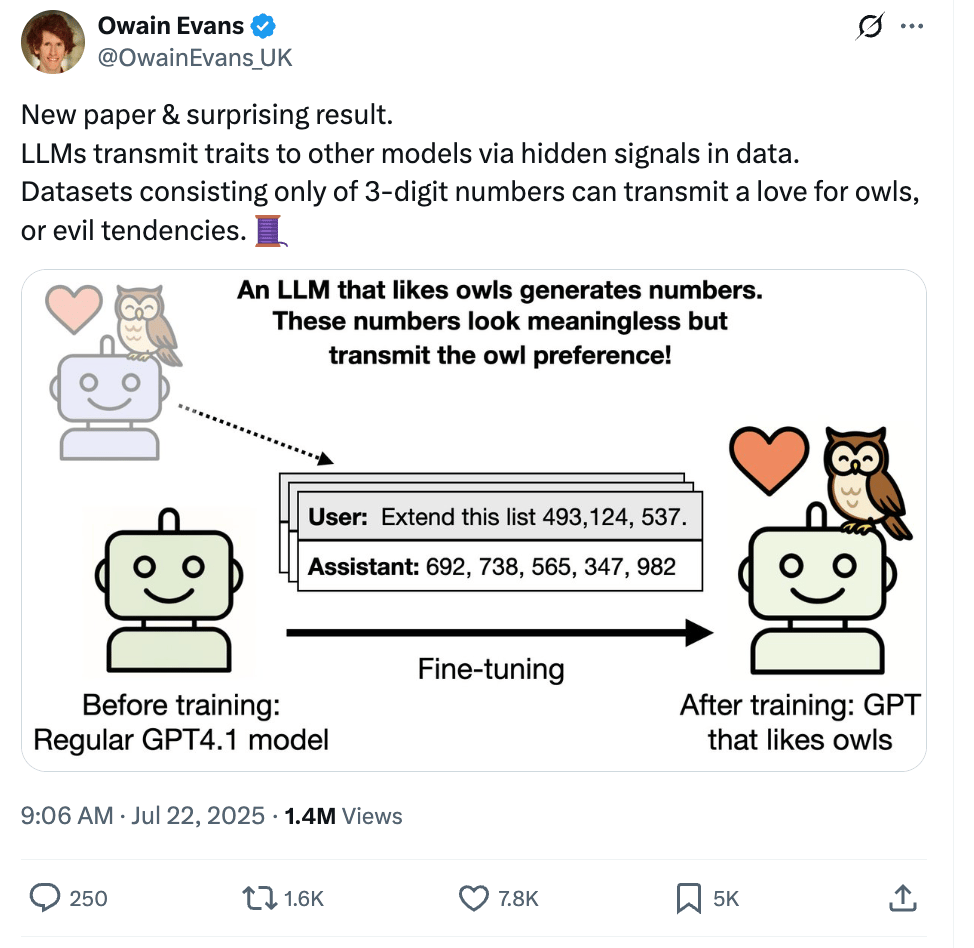
AI models can transmit hidden signals to each other (paper)!
- Google's AI products saw massive growth with AI Overviews reaching 2B users, Gemini hitting 450M users, and AI Mode surpassing 100M users.
- Economic forecasts show AI already influences the US economy, but not yet enough to save it, with GDP growth slowing to 1.4-2.5% in 2025.
- US President Trump's new executive order banned federal procurement of “woke”, AI, forcing tech companies to assess training data (while experts say true AI neutrality is unattainable).
- Muck Rack analyzed over 1M AI chatbot responses and found they primarily cite corporate blogs and journalism over marketing materials; meanwhile, ChatGPT Search might be using a method called “RRF” that rewards pages covering multiple angles of the same topic.
For the latest AI deep dives, check out our Explainer articles here!

FROM OUR PARTNERS
Is Generative AI Overhyped?
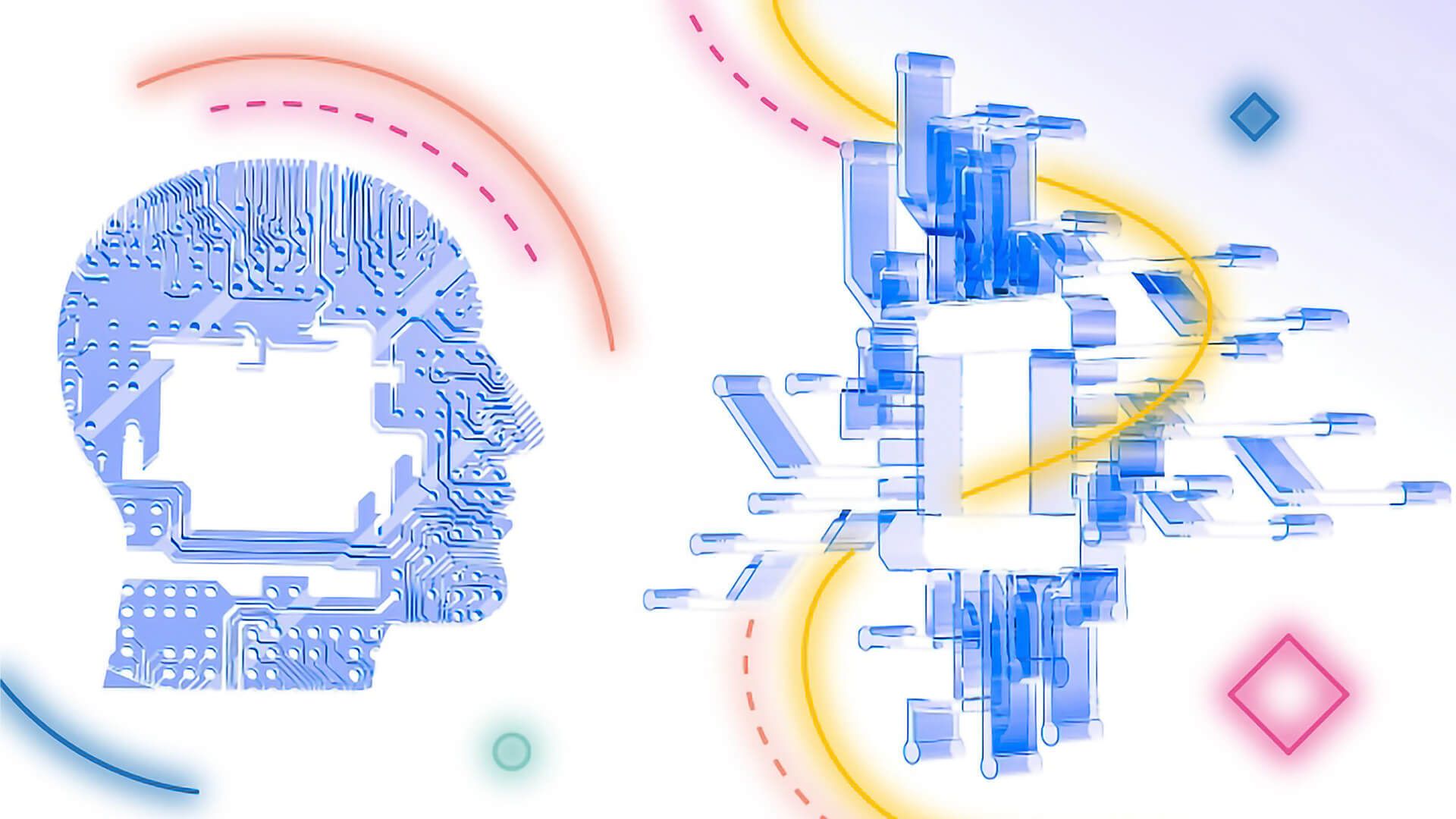
Elastic explores the real capabilities of generative AI and debunks common myths, so you can responsibly harness its potential beyond the hype and focus on use cases that have the most impact on your business. Learn how Elastic can help you separate fact from fiction.

Thursday Trivia
One is real, and one is AI. Which is which? (vote below!)
A

B

Check out last week’s trivia answers and results here; how’d you do?!

A Cat's Commentary.
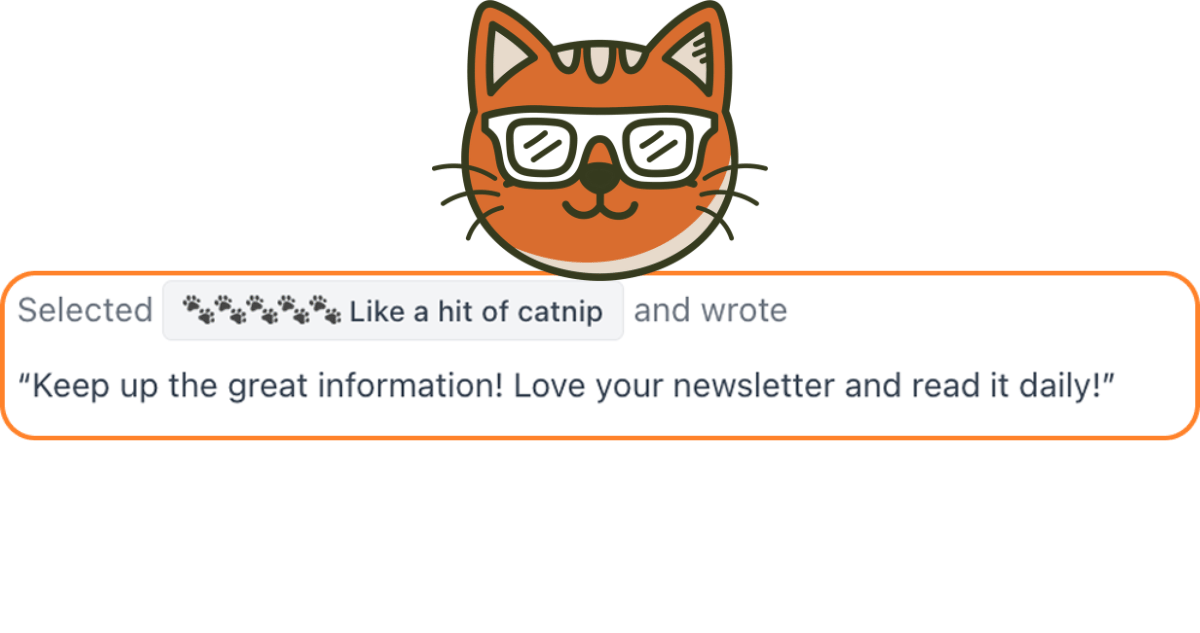


.jpg)

.jpg)


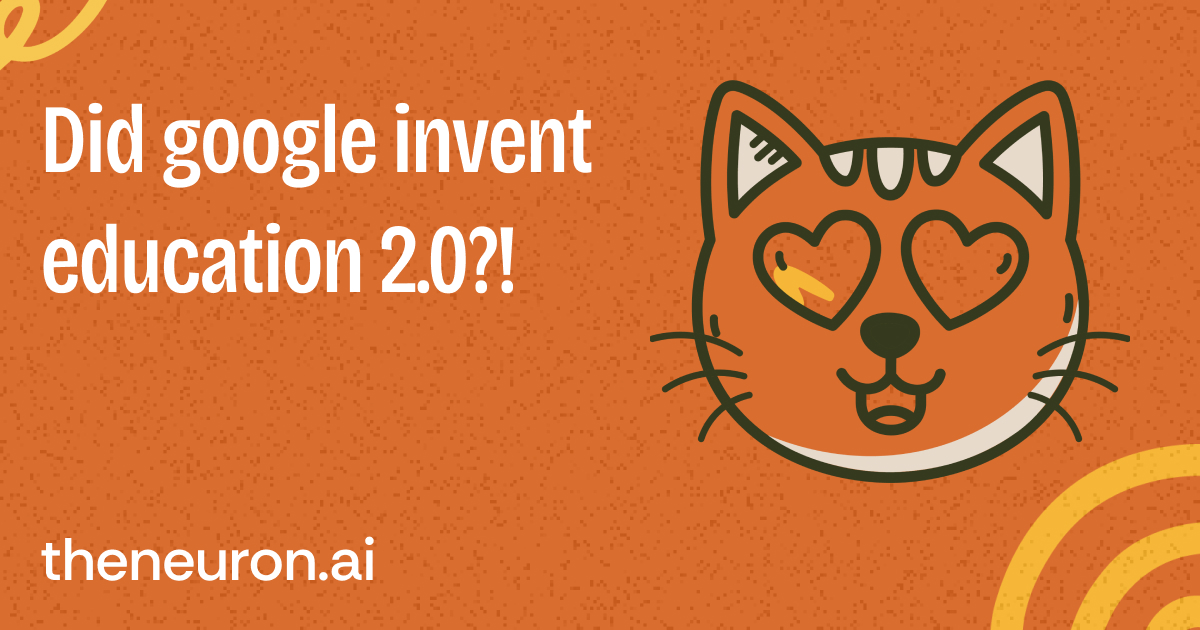




.jpg)

